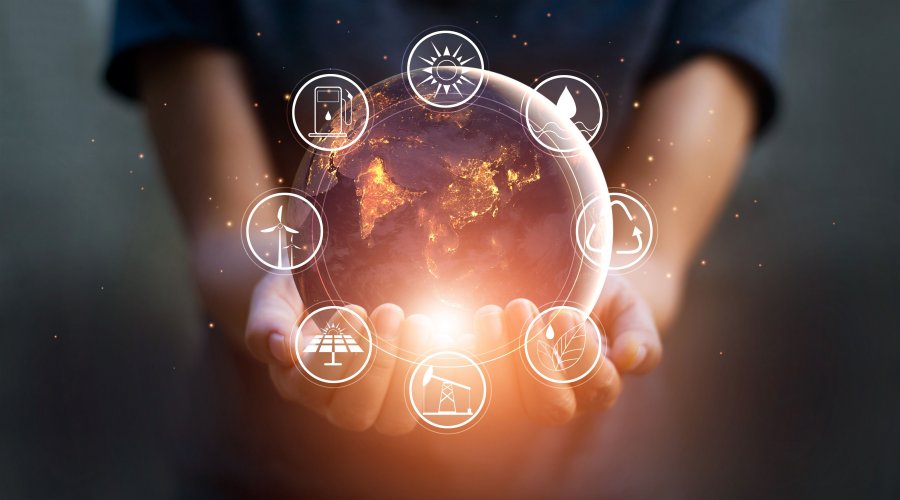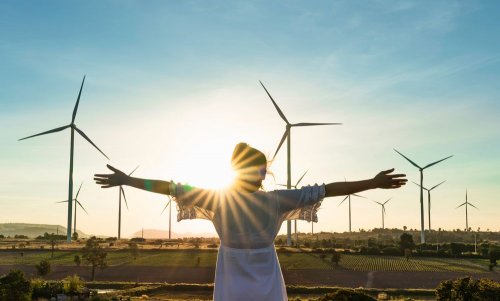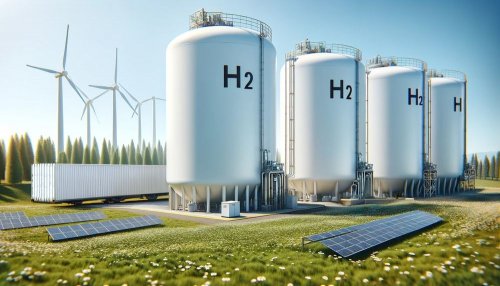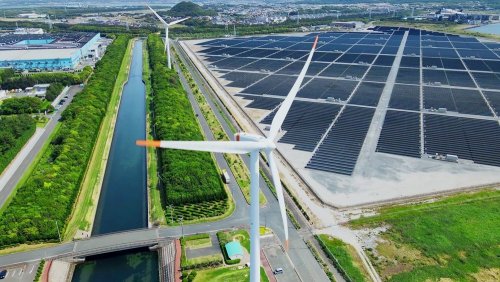The European REPowerEU and Fit For 55 programs will help accelerate the green transition and adjust its trajectory to achieve the 55% emission reduction target by 2030, despite a temporary increase in coal use and short-term shocks.
Ukraine has already reduced CO2 emissions, but at the cost of its own industry and welfare, according to Natalia Slobodyan, Head of Climate Change and Ecology, DTEK, on Facebook.
The EU is planning consume less energy by stepping up energy efficiency measures for businesses and households to increase energy savings from 9% to 13%. These measures should also be included in the national energy and climate plans of EU member states.
Slobodyan noted that it is necessary for Europe's energy independence from Russian fossil fuels diversification of supplies and the EU is already looking for alternatives to existing LNG terminals and pipelines.
The EU Energy Platform for Joint Procurement of Gas, LNG and Hydrogen will perform the following functions:
- consolidation of demand volumes;
- optimization of infrastructure use;
- joint negotiations with suppliers.
The EU will also reload and postpone the closure of some coal and nuclear power plants.
Increasing the share of clean energy by 2030 is the largest part of the plan. Thus, the EU will increase the share of RES from 40% to 45% for final energy consumption, not just electricity, and will produce 35 billion m3 of biomethane per year. It is also necessary to increase the installed capacity of RES generation from 1,067 to 1,236 GW, including 600 GW of solar power plants.
Slobodyan explained that such an emphasis on solar generation is due to the fact that the construction of SES is faster.
The EU will also expand the use of hydrogen in industrial processes and transport - in addition to 10 million tons per year of domestic production, the hydrogen strategy provides for the import of another 10 million tons.
In addition, fossil fuel consumption in industry and transport needs to be reduced through electrification, energy efficiency and fuel replacement.
“The plan will require additional investments in the amount of € 300 billion by 2030 more than the need for the package "Fit For 55". The European Commission expects that they will pay off quickly due to savings on energy imports, "she said. Slobodyan.
In addition to saving and replacing supplies, a number of initiatives are proposed to support change and mitigate shocks, including:
- creation of the EU Solar Industry Alliance;
- employment support programs;
- list of priority infrastructure projects (LNG terminals, storage and gas pipelines, expansion of electricity networks);
- redistribution of funds from existing funds and funding programs;
- allocating money from the Social Climate Fund to support small businesses and vulnerable populations.
The expert also noted that the EU's assistance in building a new low-emission economy is important for Ukraine.
"Ukraine is not a recipient, but a partner in building the EU's energy security, given its infrastructure capabilities, hydrogen projects and electricity exports," she added.
We will remind, The EU has confirmed supply of 20 million tons of hydrogen until 2030.
As EcoPoliticа reported earlier, the United States and the European Commission have issued a joint statement on the matter European energy security.





